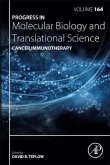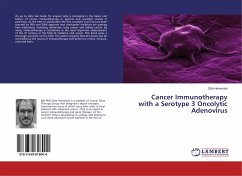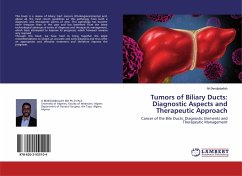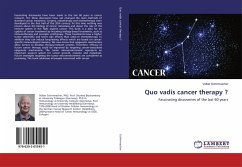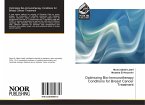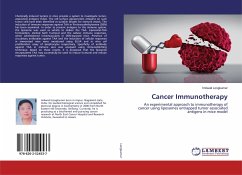Our knowledge of cancer initiation, progression and
treatment has dramatically increased over the last
decade. This understanding promises to deliver
novel therapeutic agents that will eliminate the
burden of the disease on individuals, families and
society. However, early impressive clinical results
are often overshadowed by relapse and the
development of resistance. Recent studies strongly
support the notion that at least some cancers are
initiated, maintained and disseminated by cancer
stem cells. These cells possess properties of normal
stem cells and are typically less responsive to
current therapies, thus explaining the observed
resistance. Based on the cancer stem cell theory,
the elimination of these cancer stem cells
is imperative if we are to cure patients. A number
of aberrantly activated proteins have been found
critical for the proliferation and/or survival of
cancer stem cells, one of which is the mutant FLT3
receptor, expressed on leukemia stem cells. This
book uses FLT3 as an example to illustrate the
development of targeted therapeutics, mechanisms of
resistance and strategies to overcome resistance.
treatment has dramatically increased over the last
decade. This understanding promises to deliver
novel therapeutic agents that will eliminate the
burden of the disease on individuals, families and
society. However, early impressive clinical results
are often overshadowed by relapse and the
development of resistance. Recent studies strongly
support the notion that at least some cancers are
initiated, maintained and disseminated by cancer
stem cells. These cells possess properties of normal
stem cells and are typically less responsive to
current therapies, thus explaining the observed
resistance. Based on the cancer stem cell theory,
the elimination of these cancer stem cells
is imperative if we are to cure patients. A number
of aberrantly activated proteins have been found
critical for the proliferation and/or survival of
cancer stem cells, one of which is the mutant FLT3
receptor, expressed on leukemia stem cells. This
book uses FLT3 as an example to illustrate the
development of targeted therapeutics, mechanisms of
resistance and strategies to overcome resistance.


